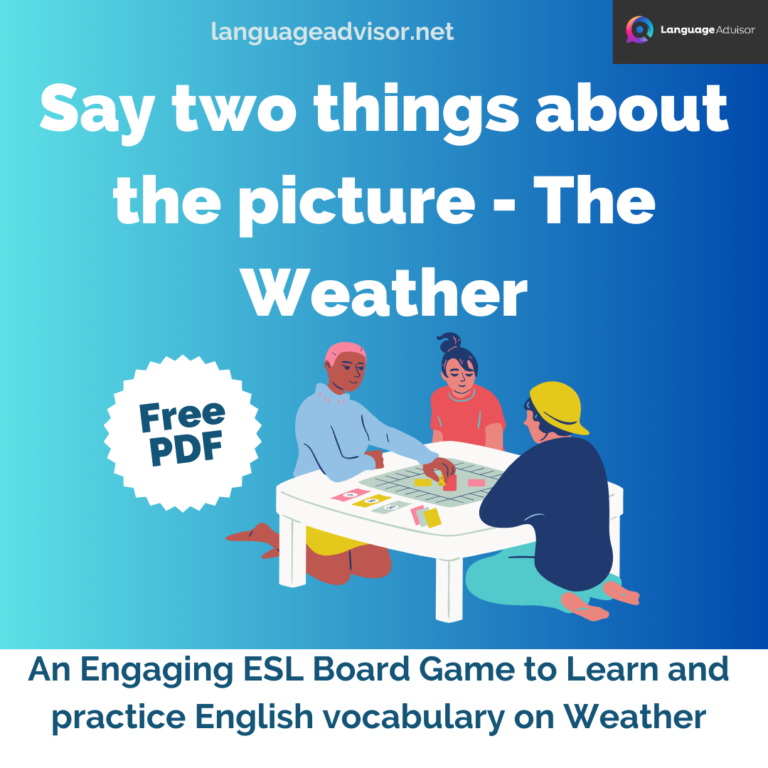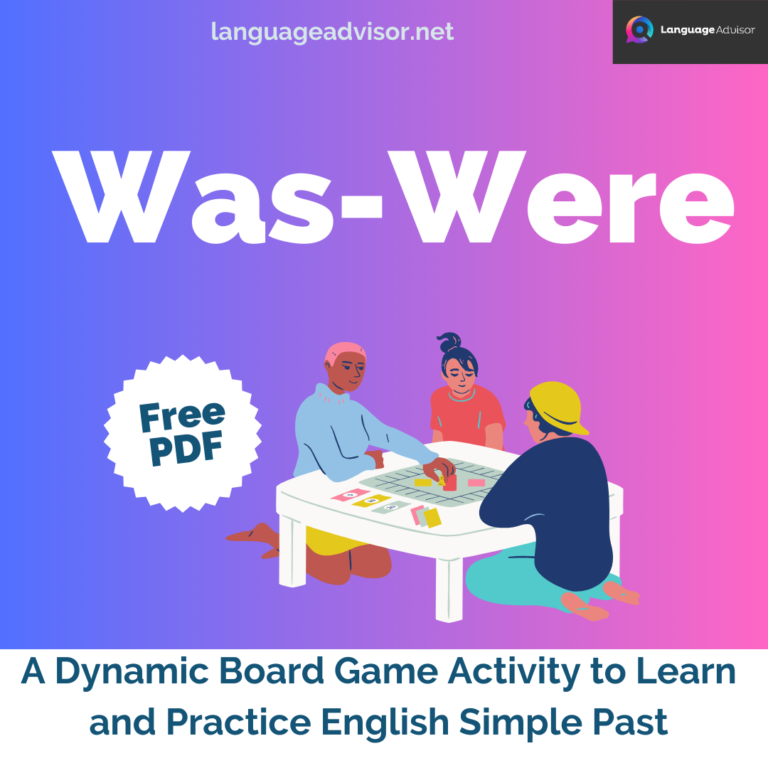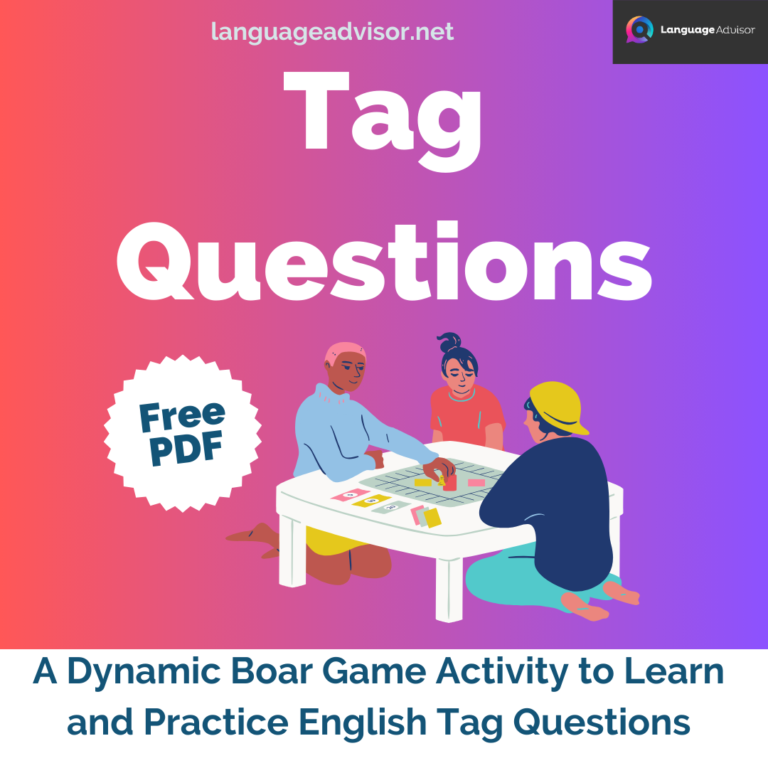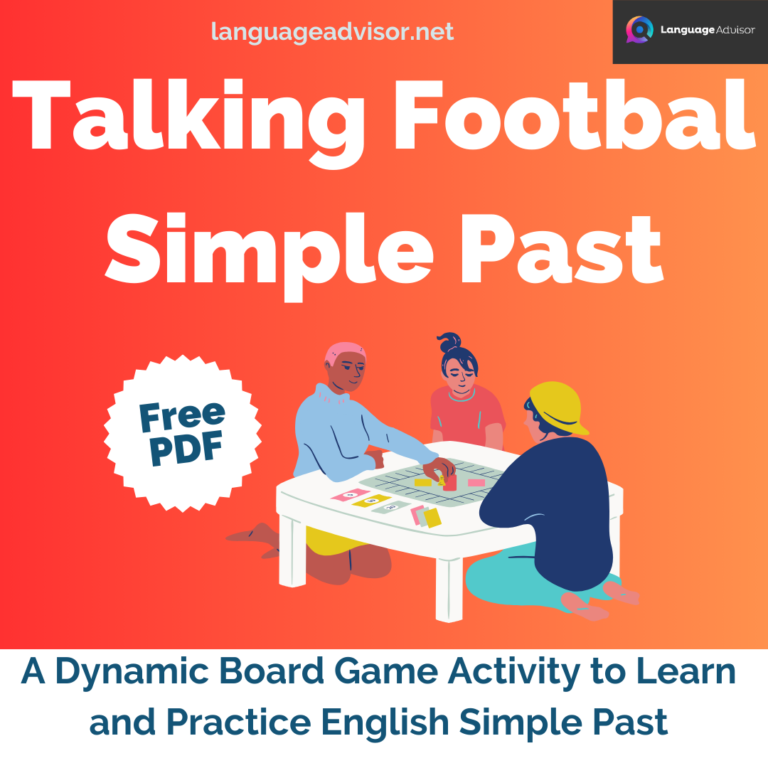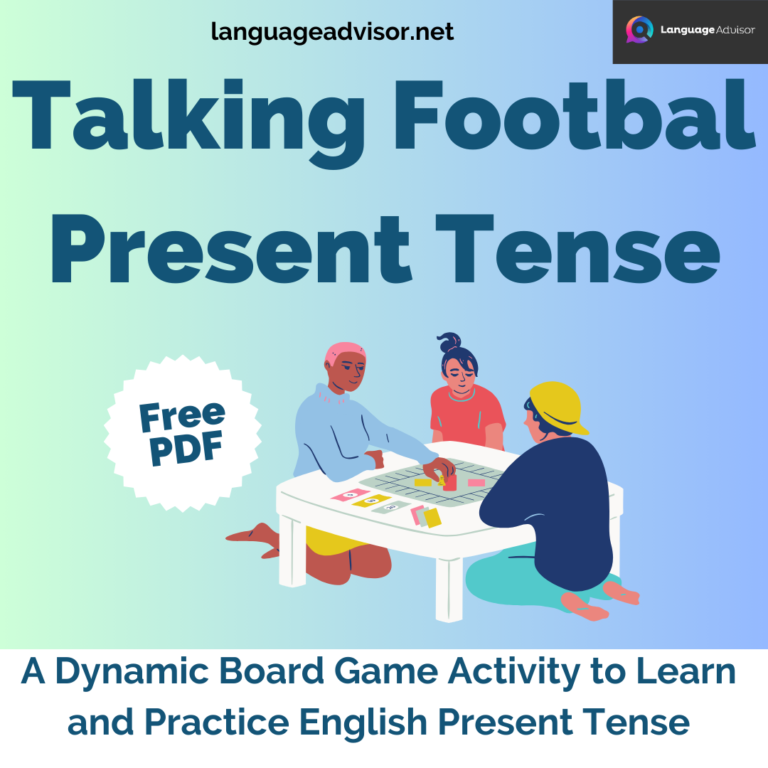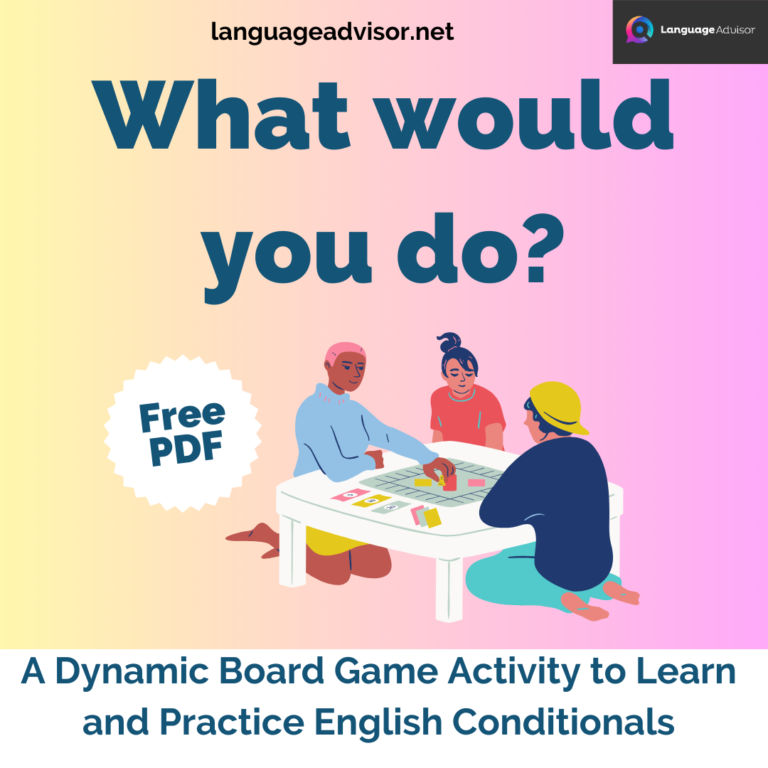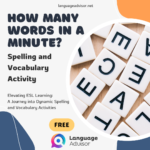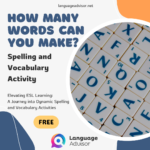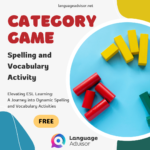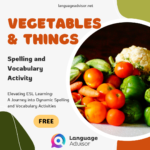SCRAMBLED WORDS – Spelling and Vocabulary Activity. Elevating ESL Learning: A Journey into Dynamic Spelling and Vocabulary Activities
SCRAMBLED WORDS – Spelling and Vocabulary Activity

Spelling and Vocabulary Activity
In the ever-evolving landscape of English as a Second Language (ESL) education, educators are constantly seeking innovative approaches to captivate students’ attention and deepen their understanding of the intricacies of language. One cornerstone of linguistic proficiency lies in the mastery of spelling and vocabulary. In acknowledging the dual significance of these language components, it becomes evident that they not only pave the way for effective communication but also serve as fundamental building blocks for overall language fluency.
In this blog post, let’s dive into a singular, immersive spelling and vocabulary activity that aims to inject vitality into ESL classrooms. Going beyond traditional approaches, we will explore a creative strategy that not only enhances language skills but also infuses an enjoyable element into the learning process. Through a unique combination of word puzzles, interactive games, digital platforms, and collaborative storytelling, this holistic activity is carefully crafted to transform the journey of mastering spelling and expanding vocabulary into a thrilling and fruitful endeavor for both educators and learners alike.
Take a look as we explore linguistic discovery, unlocking the potential for a more vibrant and effective ESL learning experience.

SCRAMBLED WORDS
DESCRIPTION
This is a spelling game in which the students are given lists of words, but with the letters scrambled.
The students must rearrange them to find the original word.
If the class has been working on a certain category of vocabulary items, such as food, furniture, or parts of the body, or a season or holiday is coming up, you may want to concentrate on this area for review purposes.
Example: Parts of the Body:
KALEN (ankle) THRAE (heart) GIRENF (finger)
STRIW (wrist) WOBLE (elbow) CHOMATS (stomach)
RULEHODS (shoulder) WEREBOY (eyebrow) SITAW (waist)
SCRAMBLED SENTENCES:
me the in works shop girl for flower.
The girl in the flower shop works for me.
MATERIALS
Paper, pencil, and dictionary
SCRAMBLED WORDS – REMARKS
Fun to use as a review. Good to use many times. Adapt vocabulary to make it relevant to the text.

Also check out these articles on teaching, teaching methods and teaching tools



